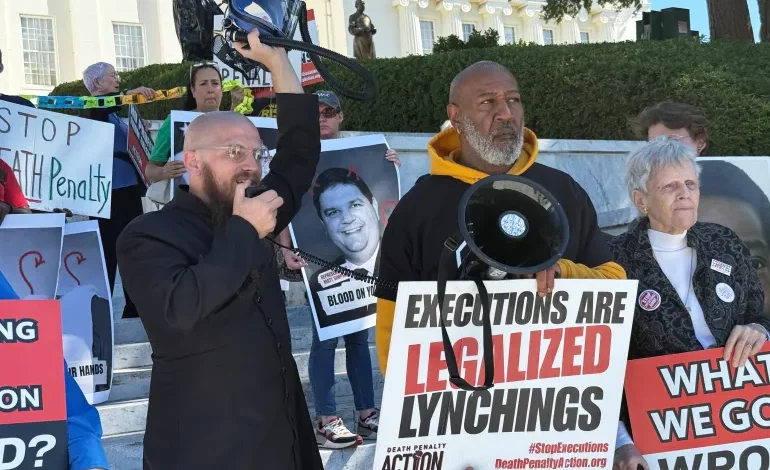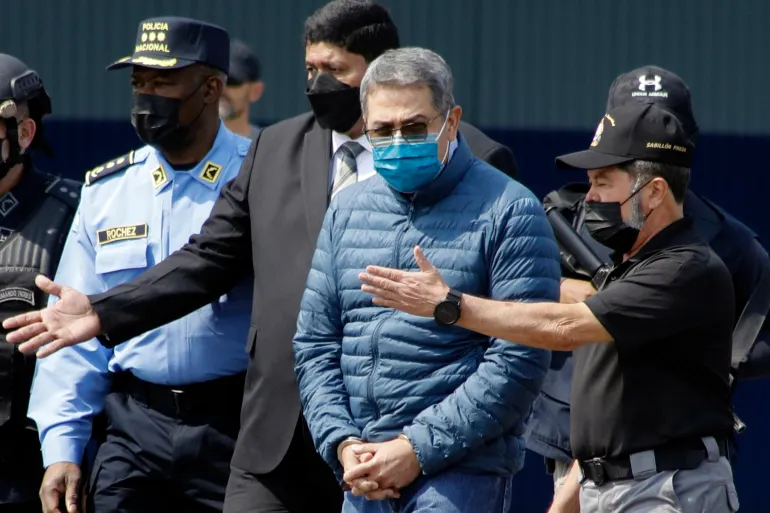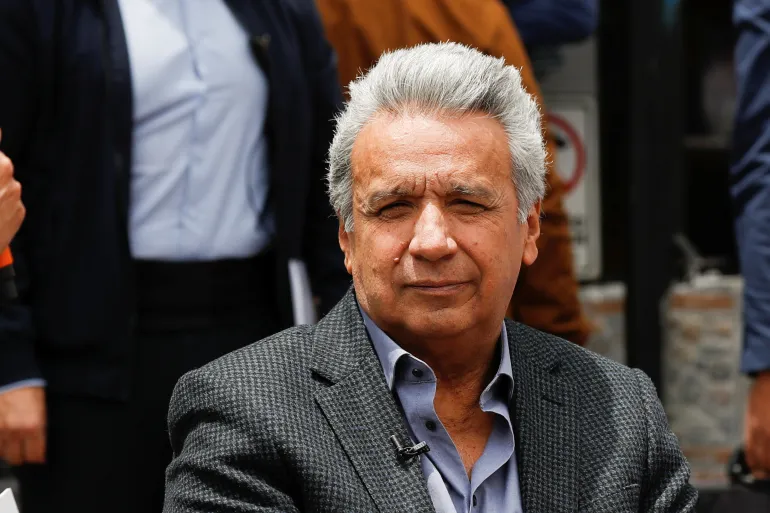Alabama Executes Inmate Using Nitrogen Gas Despite Warnings of ‘Cruel, Unusual’ Punishment

The US state of Alabama has carried out another nitrogen gas execution, a method denounced by rights advocates as “torturous suffocation,” killing Anthony Boyd, 54, on Thursday evening for a 1993 murder he maintained he did not commit.
Boyd, convicted of setting a man on fire over a $200 drug debt, proclaimed his innocence in his final words.
“I didn’t kill anybody. I didn’t participate in killing anybody,” he said, according to CBS News. “There can be no justice until we change this system.”
His execution marks the seventh time since January 2024 that Alabama has used nitrogen gas, replacing lethal injection after repeated drug shortages and botched procedures.
A Controversial Method
The Death Penalty Information Center said the gas method, which replaces breathable air with nitrogen, can prolong death for up to half an hour, raising constitutional questions under the Eighth Amendment’s ban on cruel and unusual punishment.
Boyd had pleaded to die by firing squad instead, but his request was denied by state and federal courts. The US Supreme Court upheld the execution, rejecting his argument that nitrogen asphyxiation was unconstitutional.
Justice Sonia Sotomayor, joined by Elena Kagan and Ketanji Brown Jackson, dissented sharply:
“Boyd asks for the barest form of mercy: to die by firing squad, which would kill him in seconds,” Sotomayor wrote. “The Constitution would grant him that grace. My colleagues do not.”
“This Court thus turns its back on Boyd and on the Eighth Amendment’s guarantee against cruel and unusual punishment.”
Witness Accounts
According to Sarah Clifton of the Montgomery Advertiser, the execution took nearly 40 minutes. Nitrogen was turned on at 5:57pm, but Boyd continued breathing and spasmed for over 20 minutes before becoming still at 6:18pm. Officials shut off the gas at 6:27pm, pronouncing him dead six minutes later.
A Case Built on Testimony Alone
Boyd was sentenced to death in 1995 by a jury vote of 10-2 in a county that once had the highest per-capita death sentencing rate in the US.
The prosecution’s case relied entirely on witness testimony, no physical evidence linked Boyd to the crime, according to the Death Penalty Information Center.
He spent 30 years on death row before being executed.









The latest news in your social feeds
Subscribe to our social media platforms to stay tuned